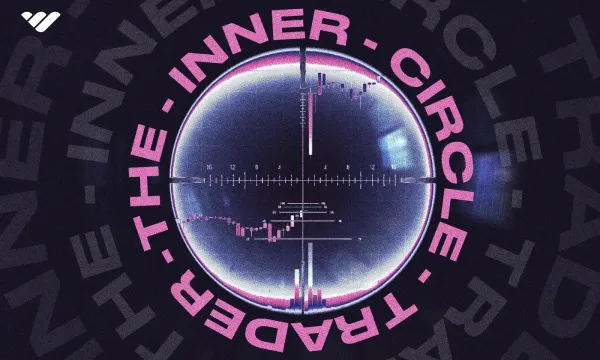ICT (Inner Circle Trader) Concepts 101: Understanding Market Structure (MS)
Market Structure (MS) is the backbone of the Inner Circle Trader (ICT) methodology, offering traders a roadmap to decode price action and institutional behavior. Developed by Michael Huddleston, ICT’s approach to MS focuses on identifying key levels, trends, and shifts that signal institutional participation. Unlike conventional technical analysis, MS in ICT emphasizes the interplay between liquidity, order flow, and price imbalances. This article breaks down the fundamentals of Market Structure, its role in ICT strategies, and how traders can leverage it to align with “smart money” movements. Whether you’re new to trading or refining your skills, mastering MS is critical for unlocking ICT’s full potential.
The Foundations of Market Structure in ICT
In ICT, Market Structure refers to the organization of price movements into identifiable patterns that reflect institutional activity. It is built on three pillars: swing highs/lows, trend direction, and structural shifts. For example, a swing high marks a temporary peak where selling pressure overcomes buying momentum, often indicating a liquidity pool. Similarly, a break of structure (BOS) occurs when price surpasses a prior swing point, signaling a potential trend reversal. Understanding these elements helps traders anticipate institutional orders and avoid retail traps.
Types of Market Structure: Trending vs. Ranging Markets
ICT categorizes Market Structure into two primary phases: trending and ranging. In a trending market, price creates higher highs and higher lows (uptrend) or lower highs and lower lows (downtrend). These patterns reflect sustained institutional participation. Conversely, ranging markets show horizontal price movement between clear support and resistance levels, often indicating consolidation before a breakout. ICT teaches traders to identify these phases using fractals and liquidity voids, which signal where institutions might place orders. Recognizing the current market phase is crucial for selecting strategies like order block trades or liquidity grabs.
Market Structure Shifts: Spotting Institutional Reversals
A Market Structure Shift (MSS) is a cornerstone ICT concept that identifies trend reversals. It occurs when price breaks a prior swing point and establishes a new structure, such as a lower high in an uptrend. MSS often coincides with institutional stop hunts or liquidity raids, creating high-probability entry points. For example, a bearish MSS might form after price rejects a liquidity pool above a swing high, triggering a downtrend. Traders combine MSS with tools like fair value gaps and mitigation blocks to confirm reversals and avoid false signals. Image suggestion: A chart demonstrating a Market Structure Shift with annotations (CC license, sourced from price action tutorials).
Applying Market Structure in ICT Trading Strategies
To apply MS effectively, ICT traders follow a disciplined process: – Identify the current structure: Determine if the market is trending or ranging. – Mark key levels: Highlight swing points, liquidity zones, and fair value gaps. – Wait for confirmation: Use MSS or breaks of structure to validate entries. – Align with institutional logic: Focus on areas where stop losses or take-profit orders cluster. For instance, in an uptrend, traders might buy at a mitigation block near a swing low, targeting the next liquidity pool. This method ensures trades align with institutional order flow rather than retail sentiment.
Conclusion
Market Structure (MS) is the linchpin of the Inner Circle Trader methodology, providing a systematic way to interpret price action through the lens of institutional behavior. By mastering swing points, trend phases, and structural shifts, traders can anticipate market movements and avoid common retail pitfalls. Whether identifying a break of structure or leveraging MSS for reversals, ICT’s approach to MS equips traders with tools to align with “smart money.” While the learning curve is steep, the rewards—consistent entries and clearer risk management—make it indispensable. As you integrate these concepts, remember: patience and precision are key to unlocking ICT’s transformative potential in your trading journey.


